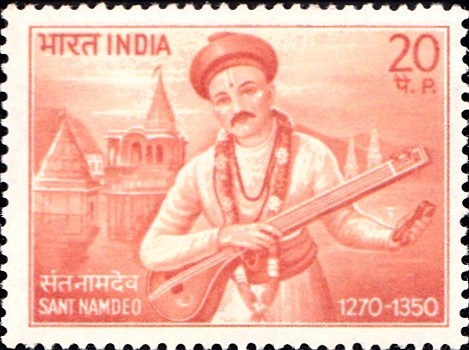
Sant Namdev
A commemorative postage stamp on the 700th Birth Anniversary of Saint Namadeva maharaj, an Indian Marathi poet and a Varkari saint from Maharashtra :
 Issued by India
Issued by India
Issued on Nov 9, 1970
Issued for : Namdeo‘s 700th birth anniversary falls on 9th November, 1970 and the Posts and Telegraphs Department joins the Nation in honouring this great man of God by issuing a special stamp to commemorate the occasion.
Description of Design : The design of the stamp is horizontal and depicts Sant Namdeo in a devotional mood.
Type : Stamp, Mint Condition
Colour : Orange
Denomination : 20 Paise
Overall Size : 3.91 X 2.90 cms.
Printing Size : 3.56 X 2.54 cms.
Perforation : 13 x 13
Paper : Printed on Asoka pillar watermarked adhesive stamp paper
Number Printed : 30,00,000
Number per issue sheet : 35
Printing Process : Photogravure
Designed and Printed at : India Security Press
Name : Bhagat Namadeva
Born on Oct 29, 1270 at Hingoli, Maharashtra, India
Died on 1350
About :
- In its long history covering about three thousand years, Hinduism as we know it has produced an almost unbroken succession of saints and religious leaders. In this galaxy of holy men and women the name of Namdeo occupies a pre-eminent place. A succession of savants who believed in the primacy of the way of ‘Bhakti‘ or complete surrender as a means of attaining spiritual liberation lived and preached in Maharashtra during the early centuries of the second millennium A.C. Dnyanadev, Gora Kumbhar, Janabai and Chokhamela were among this distinguished lineage who not only attained spiritual perfection themselves but helped to spread the holy tenets among the masses. Namdeo was one of the earliest and most famous of these leaders of popular religion.
- Many supernatural incidents are related about Namdeo‘s life, but the historical facts are clear only in their broad outline. He was born in 1270 A.C. at Narasi-Bamani in Parbhani District, a child of Damashet and Gonai. He is believed to have spent his childhood along with his parents at Pandharpur. Early in life, he associated himself with Dnyanadev, his contemporary who, however, predeceased him by several decades. Namdeo received religious initiation from Visobha Khechar. With Dnyanadev he undertook a pilgrimage to different parts of Northern India which took them also to the Punjab. Namdeo is believed to have made another visit to the Punjab later in his life which perhaps lasted for many years. However, he spent most of his days at Pandharpur, singing ‘abhangas‘ or religious poems and spreading the message of God. He was a householder and lived with his mother, wife and children. He is believed to have attained ‘Samadhi‘ in 1350 A.C.
- A mine of information about Namdeo‘s religious work and teachings is available in his extant ‘abhangas’. He no doubt believed in the ultimate oneness of man and God but felt at the same time that the doctrine of total surrender was the only way to attain salvation. He was a mystic well-versed in Yoga but still Yoga could not, according to him, be divorced from ‘Bhakti’, the path of devotion. Even mere repetition of the Lord‘s name could lead the devotee to supreme realisation provided it was accompanied by utter faith in the omni-potent. A holy man should be characterised by ‘indifference to worldly life, perennial love, constant divine contemplation, effacement of egoism, absence of sensuousness and anger, peace and forgiveness….. and eagerness to show men the path of devotion‘. Thus his philosophy consisted not only in seeking fulfilment for himself, but was positive in its compassion for his fellow-human beings and keenness for their spiritual advancement.
- Namdeo‘s place in the religious and cultural history of India is exceptional in many respects. Unlike most other religious precursors he disseminated his message in different parts of the country. He composed ‘abhangas’ not only in Marathi but in Hindi also. A measure of his influence in the Punjab is the temple still associated with his name at Ghoman near Batala. What is even more significant, some of his verses have been incorporated in Guru Granth Sahib, the holy scripture of the Sikhs. Namdeo was also the originator of the ‘Kirtan‘ tradition, the practice of singing the glories of God. This tradition is still a recognised mode of worship and is found in all parts of the country. The names of Lord Vittobha and Pandharpur are now bywords for every devout Hindu and it is Namdeo who was responsible for popularising them not only in Maharashtra but in the rest of India as well. Last but not least, Namdeo was one of the earliest to democratise religion by carrying its message from the learned to the lowly and encompassing within its fold the tailor, the barber, the maid-servant, the sweeper, the potter and even the dancing girl. It is this unique role that marks him out as a saint among saints.


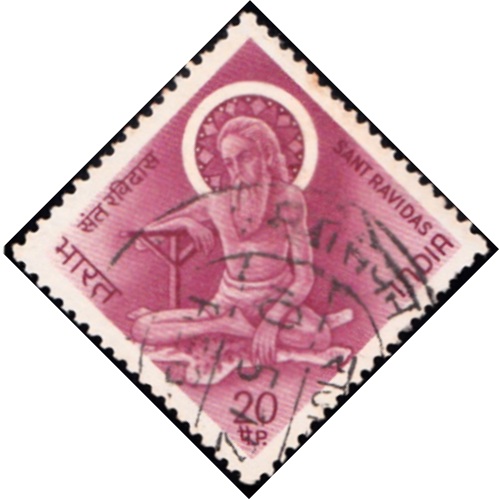
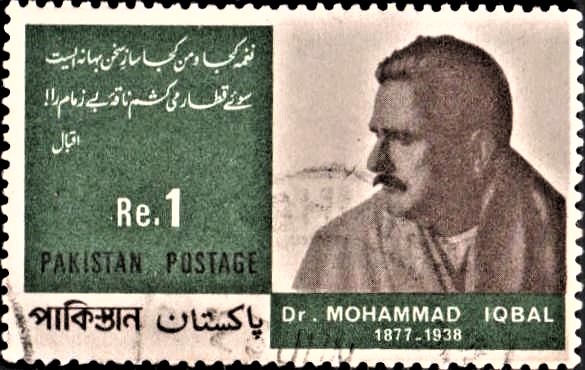
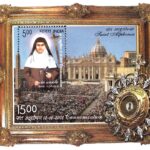

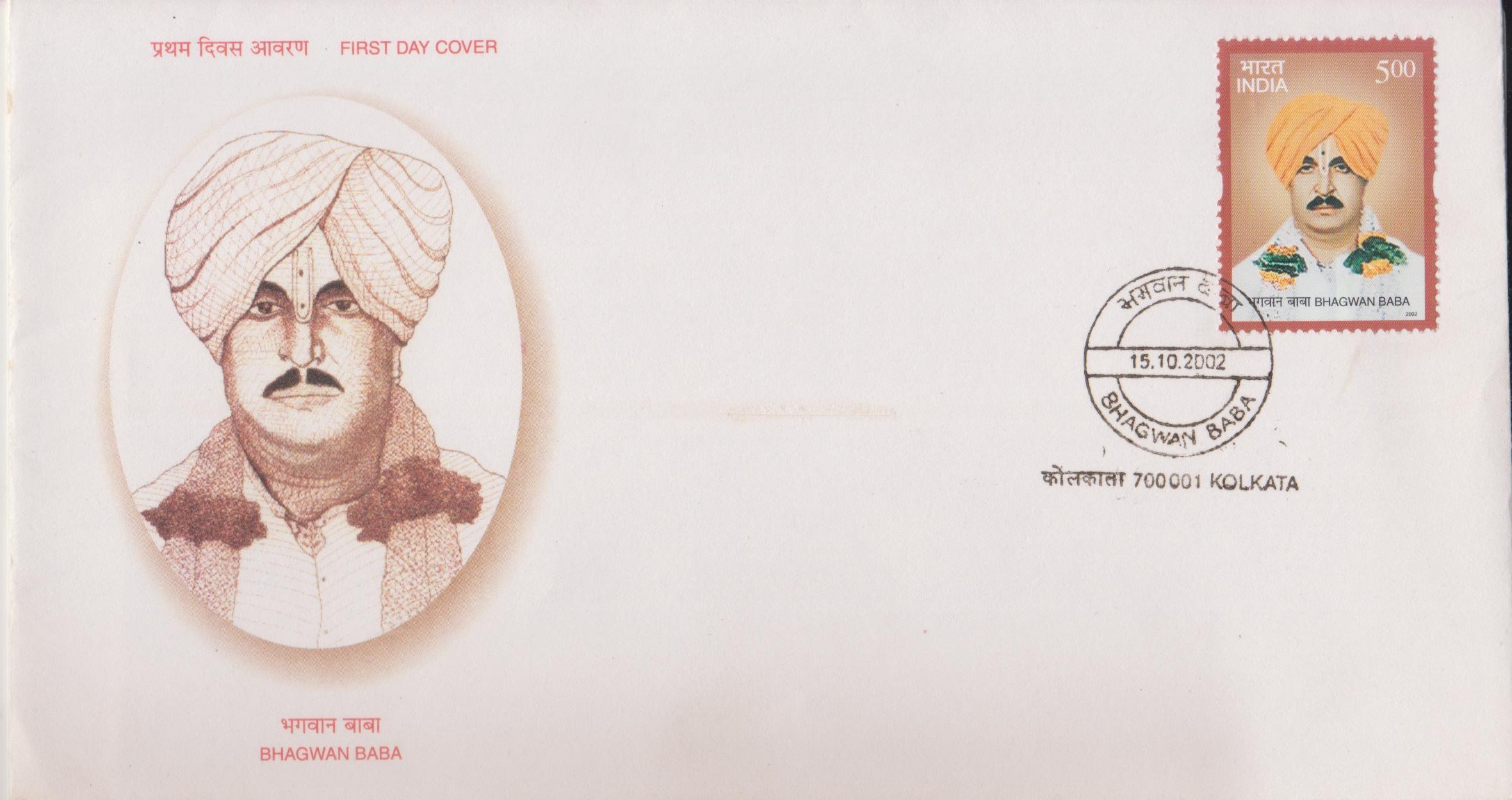

[…] The collective religious and spiritual wisdom of the Indian society, derived from the teachings of Namdev of Maharashtra, Dhananand Pipa of Rajasthan, Ramanand and Ravidas of Banaras, Jai Dev of Bengal, […]
[…] was at this juncture that Tukaram inspired by a vision of Namdeo, a great poet-saint of the thirteenth century, and Lord Vitthal began to compose abhangs (metrical […]
[…] Eknath is one of the ‘Great Quartet’ of Vithoba‘s Poets, which included Jnanadev, Namdeo and Tukaram besides […]